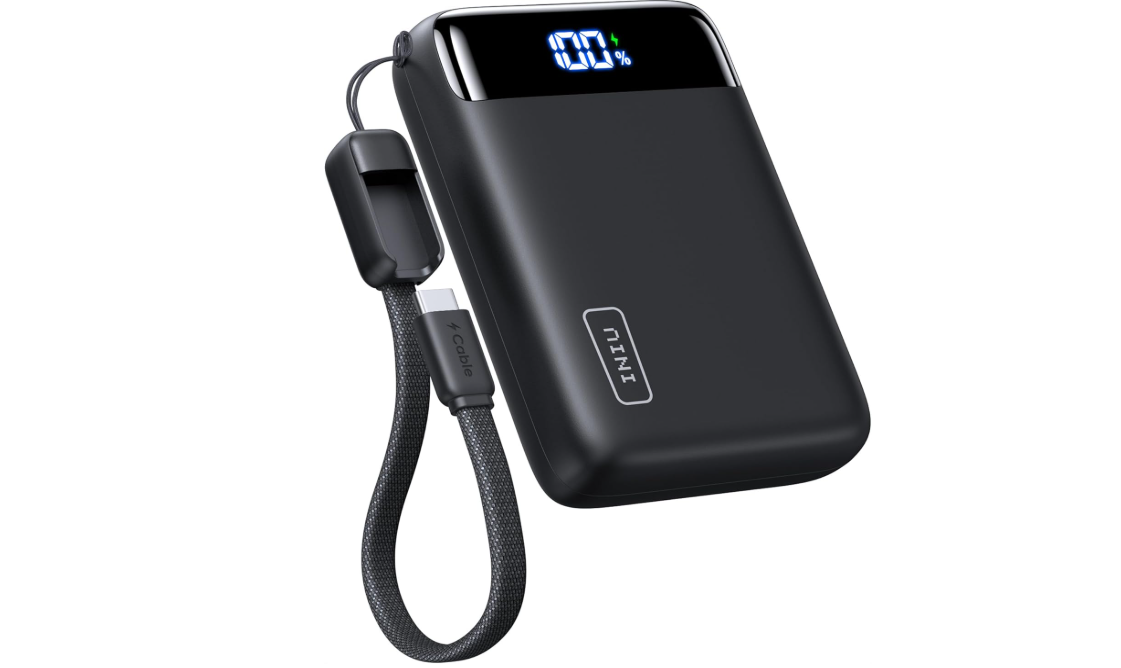There’s a certain hour every working mom knows, when your laptop hums, your inbox pings, and your toddler’s bedtime looms like a storm cloud. Deadlines don’t tuck themselves in. Neither do toddlers. The world tells you to “find balance,” but most days it feels like walking a tightrope with a diaper bag in one hand and a quarterly report in the other.
You’re not alone in that tension. This is the invisible overlap between ambition and love, where you’re pulled toward both your goals and your child’s sleepy giggles. And yet, in the middle of it all, you can still build a rhythm that feels human. You can’t stretch the hours, but you can shape them.
The Pivot Hour: Creating Breathing Space Between Roles
You can’t always control your schedule, but you can design your pivot hour: that 30- to 45-minute bridge between work time and bedtime.
During this window, wrap up the last emails, close your open tabs, and prepare for tomorrow’s morning rush. Then transition, physically and mentally. Step away from your desk, stretch, change lighting, or play a song that signals “the day is shifting.”
Research on work-life balance emphasizes that clear transitions reduce stress and improve emotional regulation, both for adults and children. By giving your brain and your child a predictable rhythm, you set the stage for calm rather than chaos.
Simplify the Evening Equation
When both deadlines and bedtimes collide, complexity is your enemy. Pare down your to-dos until what remains truly matters.
- Identify your top two must-finish work items before the bedtime window.
- Defer everything else to tomorrow’s plan, and write it down so it doesn’t linger in your mind.
- Limit multitasking; toggling between spreadsheets and storybooks divides more than your attention. It divides your energy.
The Centers for Disease Control and Prevention (CDC) notes that toddlers thrive on predictability and consistent sleep schedules, ideally between 11 and 14 hours of rest every 24-hour period. Simplifying your routine doesn’t just ease your load; it directly supports their development and your collective calm.
Give Your Toddler (and Yourself) a Safe Space
You can’t always end your workday exactly when bedtime begins, and that’s okay. What matters is building an environment that keeps your child safe, engaged, and close while you finish those last tasks.
Try creating a mini play zone near your workspace. You can clean and setup a play pen with a few favorite books or soft toys and a cozy blanket. Make it part of the daily rhythm, same spot, same routine. Your toddler learns this means “quiet play time while Mom finishes up.”
This approach fosters independence and comfort. According to the CDC’s Positive Parenting Tips for Toddlers, structured and familiar environments help children feel secure and develop better self-control.
It’s not about perfect separation. It’s about safe connection within boundaries.
Tag-Team the Transition
Balance isn’t a solo act. Even if you’re the primary caregiver, that doesn’t mean the responsibility has to stay entirely yours.
If you have a partner, schedule your “handoff time.” Maybe one parent handles dinner while the other finishes late-day work, then you switch for bedtime. Single parents can still tag-team with a babysitter, family member, or even an older sibling for short bursts of supervision.
Research from the National Center for Biotechnology Information (NCBI) found that when mothers have reliable support systems, at home or through flexible workplaces, both their well-being and their child’s emotional adjustment improve.
Delegation isn’t weakness. It’s bandwidth management, and it models cooperation for your child.
Use Micro-Moments, Not Marathon Hours
When you can’t carve long blocks of time, focus on micro-moments, the small, deliberate rituals that carry emotional weight.
During that 6 p.m. to 8 p.m. overlap:
- Take 10-minute work sprints followed by 5-minute breaks to read, cuddle, or dance.
- Use visual timers so your toddler can “see” when Mom’s working and when it’s playtime again.
- Keep a few sensory toys nearby for self-entertainment while you wrap up tasks.
These moments build trust. They tell your child, I see you, even when I’m busy. And they tell your nervous system, We’re still okay.
Reframe Guilt into Awareness
Parental guilt is often a by-product of impossible expectations, of productivity culture colliding with nurturing instincts. But guilt can also be a signal, not of failure, but of misalignment.
Ask yourself what’s actually off. Are you stretched too thin because of work culture? Because of perfectionism? Because you haven’t allowed yourself to adjust expectations post-parenthood?
Awareness turns guilt into agency. You might renegotiate deadlines, block off “do not disturb” hours, or advocate for flexible work options. The balance isn’t found; it’s negotiated.
Redefine What “Enough” Looks Like
No one does both perfectly. Not CEOs, not freelancers, not full-time parents with side hustles. The secret is to redefine what enough means on any given day.
Maybe today, “enough” is a toddler who fell asleep giggling and a half-finished presentation that will shine brighter after a night of rest. Maybe tomorrow, “enough” is hitting send before sunset and ordering takeout without guilt.
Work-life balance isn’t symmetry; it’s rhythm. Some days your work wins, some days your heart does. Both count.
And both will serve you better when you treat your time and your energy as sacred.
The Calm After Bedtime
Once the house goes quiet, resist the urge to fill every silence with productivity. Your body needs decompression as much as your child needs sleep. Stretch. Sip tea. Reflect on one small win.
Give yourself permission to rest without earning it. This is the moment your mind untangles from the day’s noise, where you remember that you are more than the roles you play. In this stillness, peace doesn’t ask for productivity; it asks for presence.
Let this be the breath that refills you. When morning comes, you’ll rise clearer, lighter, and more anchored in yourself.
Where Balance Begins Again
Balancing deadlines and toddler bedtimes isn’t about perfection. It’s about pattern. It’s about learning to move from chaos into calm, again and again, until it starts to feel like breathing.
You won’t always get it right, and that’s okay. Each day is a new rehearsal for grace, a reminder that balance is less about doing everything and more about doing what matters most.
If you can end each night with your child feeling loved and yourself feeling grounded, that’s balance in its truest form. And it’s more than enough.
Publisher: Source link











